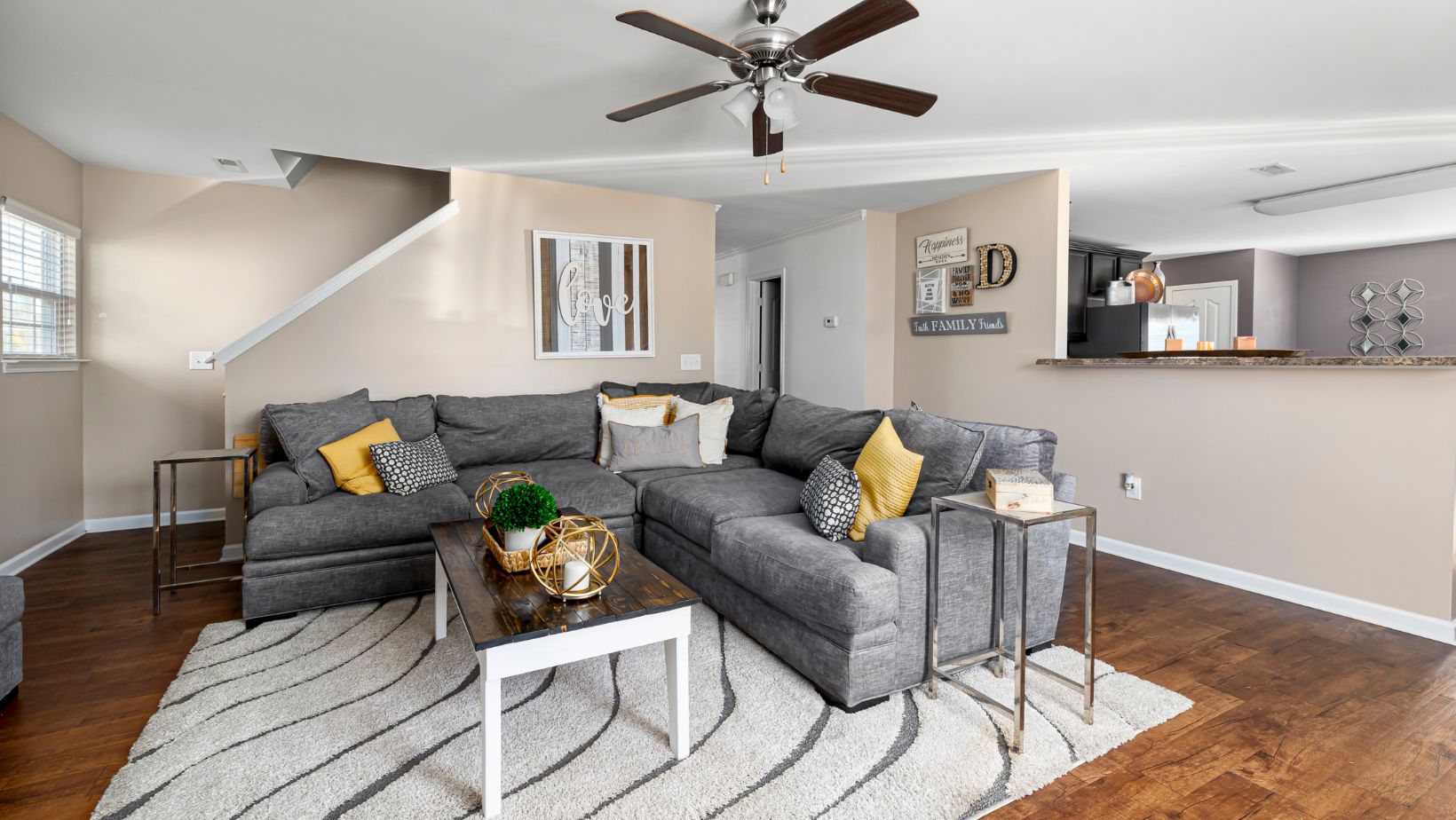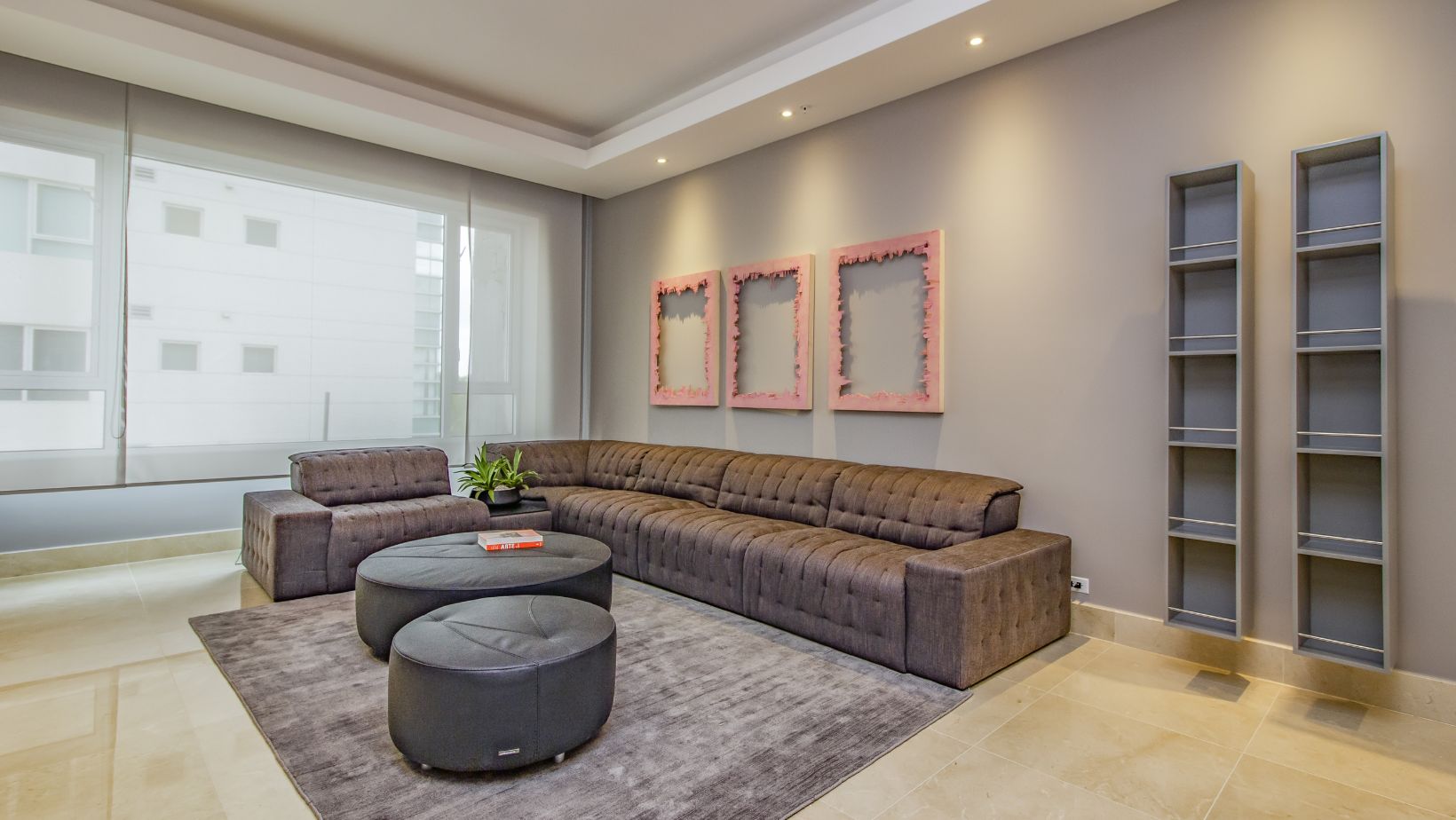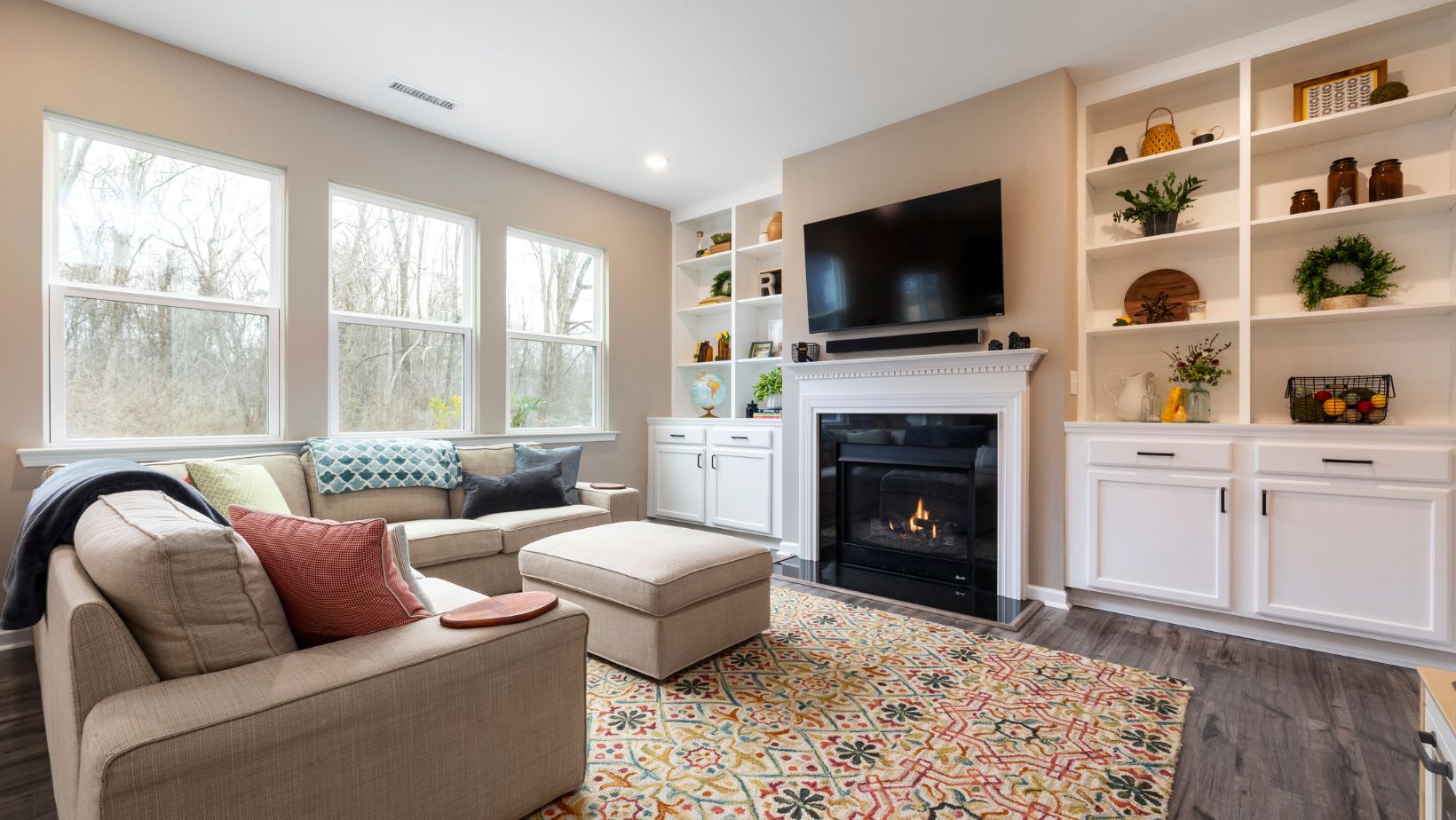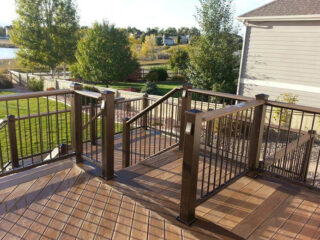
Rug placement is not just a detail but a pivotal element in living room decor, setting the tone for both aesthetics and functionality.
A well-placed rug can anchor furniture pieces together, define separate zones in an open-concept space, and inject warmth and texture into the room. It’s a subtle art that, when executed thoughtfully, transforms the ordinary into extraordinary, making your living room not just a space you pass through but a place you relish being in.
Choosing the Right Rug Size
Selecting the appropriate rug size is fundamental to achieving harmony in your living room. It’s about finding the balance between the dimensions of your space and the scale of your furniture. A rug too small may make the room feel disjointed, while one too large can overwhelm the space. To strike the right chord, consider the room’s size and the arrangement of your furniture. A larger rug can unify multiple furniture pieces, while smaller rugs, such as those at Serena & Lily, are ideal for defining individual zones in an open-plan area. Remember, the rug should act as the frame, not overpower the picture.
Rug Placement for Different Furniture Arrangements
Strategic rug placement can significantly enhance the cohesiveness of your living room’s design. For a classic arrangement, the rug should be large enough to slide under the front legs of sofas and chairs, creating a connected and welcoming grouping. In spaces where furniture floats in the room, consider a larger rug that accommodates all pieces, lending a sense of order and enclosed coziness. The key is to maintain balance and proportion, ensuring the rug acts as a foundation that supports and complements your furniture rather than competing with it.
The Rule of Thumb: Rug Under Furniture or Just the Front Legs
The debate between placing furniture fully on the rug or just the front legs largely depends on your room’s size and your design preferences. For smaller rooms, placing just the front legs on the rug can help create a sense of spaciousness without compromising the cohesive look of the furniture arrangement.

In larger spaces, a generously sized rug that houses all furniture can anchor the room and make it feel more intimate. Your choice should also echo your design style: a more traditional approach calls for a larger rug, while a modern, airy feel can be achieved with less coverage.
Layering Rugs for Added Style
Layering rugs is a dynamic way to add depth, texture, and personality to your living room. This design technique allows you to play with patterns, colors, and textures, creating a rich tapestry that reflects your unique style. Start with a larger, neutral base rug and layer a smaller, more vibrant, or textured rug on top. This not only adds visual interest but also helps in defining specific areas within a larger space. Remember, the key to successful layering is contrast and cohesion – the rugs should complement yet stand out from each other. Each type and style can be found at Serena & Lily.
Practical Maintenance and Cleaning Tips
Maintaining and cleaning your rugs is crucial not just for hygiene but also for preserving their beauty and extending their lifespan. Regular vacuuming is essential to remove dirt and prevent it from settling deep into the fibers. Spot clean spills immediately to prevent stains, and consider professional cleaning for a thorough refresh every couple of years. Rotate your rugs periodically to ensure even wear, and consider using rug pads to prevent slipping and adding an extra layer of cushioning. With proper care, your rugs can remain a cherished part of your living space for years to come.
Bottom Line
In conclusion, the thoughtful placement and care of rugs can profoundly influence the look and feel of your living room.

From choosing the right size to deciding on the placement and embracing the art of layering, each step is a building block toward creating a harmonious and inviting space. Remember, a rug is not just a decorative addition but a canvas that ties your living room together, making it a true reflection of your personal style and a welcoming haven for you and your guests.






